

Sealing Principle Between Bottle Cap and Bottle Mouth in Cosmetic
Cosmetic packaging materials, whether bottles, plastic containers like PET bottles, acrylic bottles, or tube containers, require effective sealing to prevent leakage and ensure the integrity of the inner contents. The seal between the bottle cap and the container plays a critical role in ensuring the safety of products like bottles, skin care jars, and other cosmetic packaging.
Bottle Cap and Bottle Mouth
For proper sealing, the bottle cap and bottle mouth must meet the following criteria:
The bottle cap must be securely attached to the bottle mouth, allowing for easy opening and closing.
Sufficient and evenly distributed pressure must be applied to the sealing contact surface.
For caps without a liner, the sealing area in contact with the bottle mouth should be smooth, uniform, and well-fitting.
The bottle cap should be easy to open and close, without leaks.
Bottle Cap and Sealing Liner
To create an effective seal, the sealing liner must be positioned accurately within the bottle cap and sized appropriately. The liner is responsible for pressing against the sealing surface to form an airtight seal.
Sealing Liner and Bottle Mouth
The design of the liner and its interaction with the bottle mouth is crucial. Key design elements include:
The contact mode, area, width, and thickness of the liner.
The liner must be elastic enough to fill any unevenness on the sealing surface while maintaining the necessary rigidity to prevent deformation under sealing pressure.
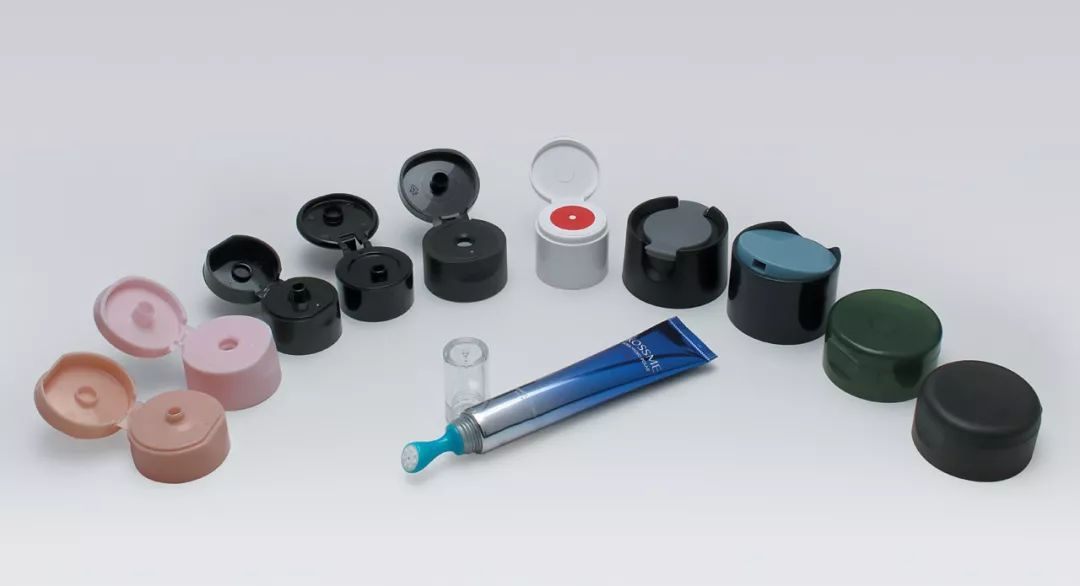
The primary purpose of sealing is to create a physical barrier that prevents leakage of the contents (liquids or gases) and intrusion from external elements like air, moisture, or impurities. To achieve this, the liner must maintain consistent elasticity to fill any imperfections on the sealing surface, while also maintaining rigidity to prevent excessive compression under sealing pressure.
Pressure and Seal Efficiency: The sealing pressure ensures good contact between the liner and the bottle mouth. Higher pressure typically results in a better seal, but excessive pressure can cause damage to the bottle cap, glass bottle, plastic containers, or the liner itself. A balance is necessary to maintain a tight seal without compromising the structural integrity of the packaging.
Sealing Surface Area: The larger the sealing surface area, the more pressure is needed to maintain the seal. A narrow sealing ring can provide maximum pressure with minimal torque, improving the sealing effect without causing damage.
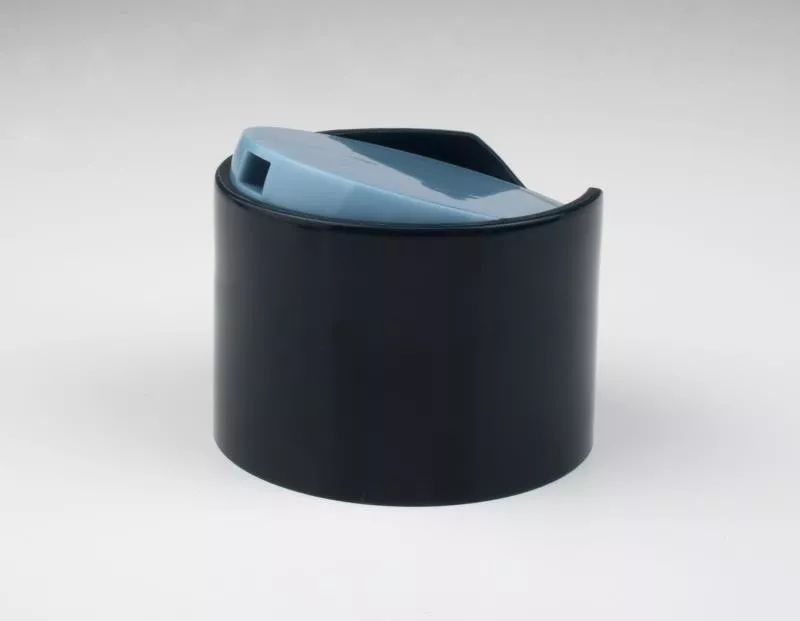
Thread Engagement
Thread engagement refers to the number of turns required for the bottle cap to securely attach to the bottle mouth. For effective sealing, at least one full turn of the screw cap is needed to ensure that the liner is evenly pressed against the sealing surface. The larger the thread engagement area, the more secure the cap will be. The pitch (slope) of the thread determines how quickly the cap can be screwed on or off. While a larger pitch allows for quicker application, it may affect the aesthetic of the packaging and increase production costs.
Fixing Torque
Once the cap and bottle mouth are designed, the next step is to ensure that the cap applies appropriate pressure to the bottle mouth. This is measured by the fixing torque, which can be tested using a torque tester. The torque directly correlates with the diameter of the bottle cap and ensures a proper seal. However, a cap’s reliability depends on more than just the torque; the elasticity of the liner and the smoothness of the sealing surface also play a significant role.
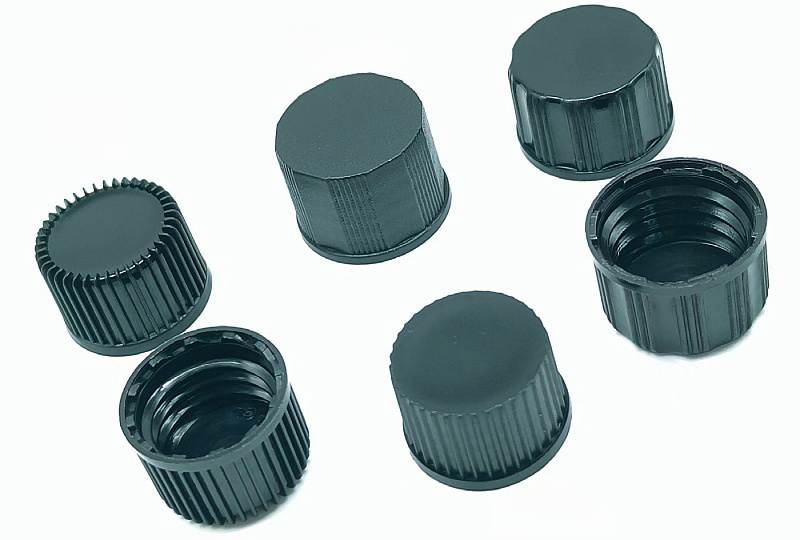
Sealing the Edge of the Bottle
The edge seal is created when the bottle cap presses against the outer edge of the bottle mouth. A rubber or synthetic gasket is often placed between the cap and the bottle. The flange on the bottle mouth presses against the gasket, creating an effective seal.
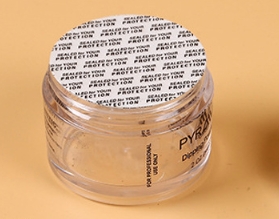
Joint Seal
Joint sealing involves a double seal between the sealing surface on the bottle mouth and the edge of the bottle. This method is more complex and provides an additional level of security, ideal for products that require a higher degree of protection.
Plug Sealing
Plug sealing uses friction between the plug and the inner edge of the bottle mouth to create a seal. Corks, plastic plugs, or glass plugs can be used for this purpose. Corks are particularly popular for their natural elasticity, compressibility, and ability to create airtight seals, making them a preferred material for some cosmetic packaging solutions.
Buckle Seal
Elastic LDPE (Low-Density Polyethylene) and PC (Polycarbonate) bottle caps can be snap-fitted to the bottle mouth. This type of seal ensures that the cap bites tightly into the sealing ring, creating a secure closure. The tighter the fit, the better the seal, providing excellent protection for the contents of the container, such as in cosmetic bottles and lotion bottles.
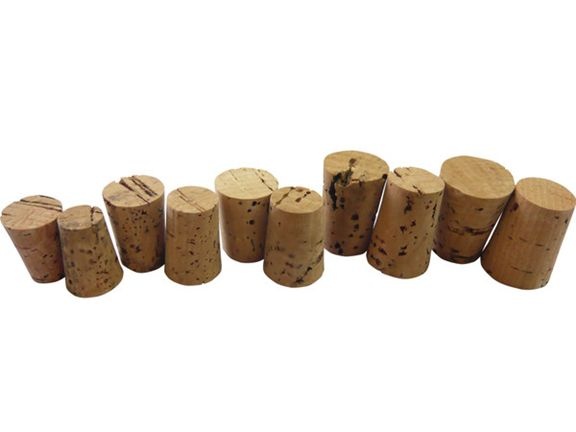
Effective sealing is crucial in cosmetic packaging to ensure product safety and prevent leakage or contamination. Whether using glass bottles, plastic bottles, or tube containers, the correct sealing mechanism—whether screw caps, plug seals, or buckle seals—ensures the quality and longevity of products like skin care jars, cosmetic caps, and other packaged items. By carefully selecting the appropriate sealing method, manufacturers can maintain the integrity of the product while enhancing the user experience with reliable and leak-proof packaging.





